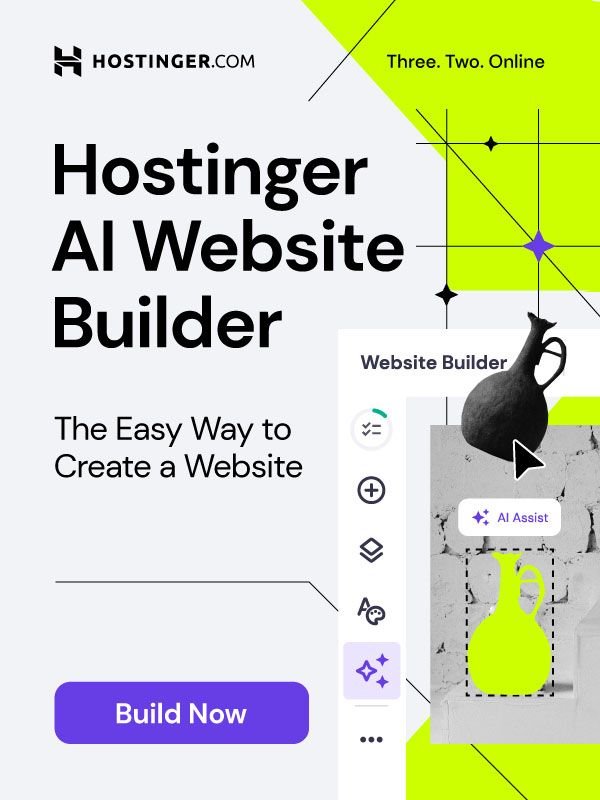In today’s digital age, your website is your 24/7 storefront. It’s the initial image you give prospective clients, and it has a big influence on the reputation and financial success of your company. In addition to drawing visitors, a well-designed website entices them to remain, browse, and eventually convert.
The foundation of success on the internet is website development and design. In addition to drawing in visitors, a well-designed website turns them become devoted clients.
In this blog post, we’ll delve into the intricacies of website development and design, exploring how these elements work together to create a compelling online presence. We’ll discuss the importance of responsive design, user experience, and search engine optimization (SEO) in achieving your digital goals. Whether you’re a small business owner or a large corporation, a strong online presence can significantly impact your bottom line. Let’s explore how website development and design can help you achieve that.
The Foundation: Website Development

Understanding Website Development
The process of creating and managing websites is known as website development. It involves a deep understanding of core technologies like HTML, CSS, and JavaScript. Together, these languages provide a website its structure, aesthetic, and interactivity. A web developer is the skilled professional who brings these elements to life, ensuring that your website functions seamlessly and delivers a great user experience.
The Importance of Responsive Design
In today’s multi-device world, it’s crucial to have a website that adapts to different screen sizes. Responsive design ensures that your website looks and functions flawlessly on desktops, tablets, and smartphones. By prioritizing responsive design, you can enhance user experience, improve SEO, and boost conversions.
Website Performance Optimization
Your search engine rankings may suffer and people may leave your site if it loads slowly. Website performance optimization involves a range of techniques to improve loading speed and overall website performance. Some key strategies include:
| 📉 Optimization Technique | 💡 Description |
|---|---|
| 📷 Image Optimization | Image compression lowers file size without sacrificing quality. |
| 📝 Minification | Removing unnecessary characters from code to minimize file size. |
| 🔕 Leveraging Browser Caching | Storing static assets locally to reduce server load and improve load times. |
| 💻 Optimizing Server Response Time | Ensuring that your server responds to requests quickly. |
By implementing these optimization techniques, you can significantly improve your website’s performance and provide a seamless browsing experience for your users.
The Art: Website Design

The Power of Visual Design
Visual design is the heart and soul of any website. It’s the first thing visitors notice, and it can significantly impact their overall impression of your brand. A well-designed website uses a harmonious blend of color, typography, and imagery to create a visually appealing and engaging experience. By carefully selecting colors, fonts, and images, you can evoke specific emotions and guide users’ attention to key information.
User Experience (UX) Design
The goal of user experience (UX) design is to create interfaces that are easy to use and intuitive. It involves understanding your target audience’s needs and preferences and designing a website that caters to their expectations. Conversions, bounce rates, and user satisfaction can all be considerably raised by a well-designed user experience. Key principles of UX design include:
| 📚 User Experience Factor | 💡 Description |
|---|---|
| 📝 Clarity and Simplicity | Avoid clutter and unnecessary distractions. |
| 🔗 Intuitive Navigation | Make it simple for users to locate the information they need. |
| 🔇 Fast Loading Times | Optimize your website for speed to prevent user frustration. |
| 📱 Mobile-Friendliness | Ensure your website is accessible and usable on all devices. |
The Psychology of Web Design
Psychology plays a significant role in web design. By understanding the principles of color psychology and how different design elements can evoke emotions, you can create websites that resonate with your target audience. For example, the color red can evoke feelings of urgency or excitement, while blue can convey calmness and trust. By leveraging these psychological principles, you can design websites that not only look great but also drive conversions.
Conclusion
In conclusion, website development and design are critical components of a successful online presence. A well-crafted website can significantly impact your brand’s reputation, attract new customers, and drive conversions. By understanding the fundamentals of website development and design, such as responsive design, user experience, and SEO, you can create a website that delivers exceptional results or you can also take help from Google.
If you’re ready to take your online business to the next level, consider investing in professional website development and design services. A skilled team can help you create a website that not only looks great but also performs effectively.
Need assistance in website development and design? Feel free to contact Spiracle Themes.
By partnering with a reputable agency like Spiracle Themes, you can benefit from their expertise and experience to build a website that meets your specific needs and goals.
1. What is the difference between website development and design?
Website development focuses on the functionality and coding of a website, while website design is concerned with the visual layout, user interface, and user experience.
2. Why is professional website development and design important for my business?
A well-developed and designed website enhances user experience, improves functionality, boosts credibility, and helps attract and retain customers.
3. How long does it take to complete website development and design?
The timeline depends on the complexity of the project, but typically, a website development and design project can take anywhere from a few weeks to several months.
4. What are the key features to consider in website development and design?
Important features include mobile responsiveness, fast load times, SEO optimization, user-friendly navigation, and a clear call to action.
5. Can I update my website after it’s developed and designed?
Yes, most websites are designed to be easily updated. Professional developers typically provide maintenance or training to help you manage your website after launch.










